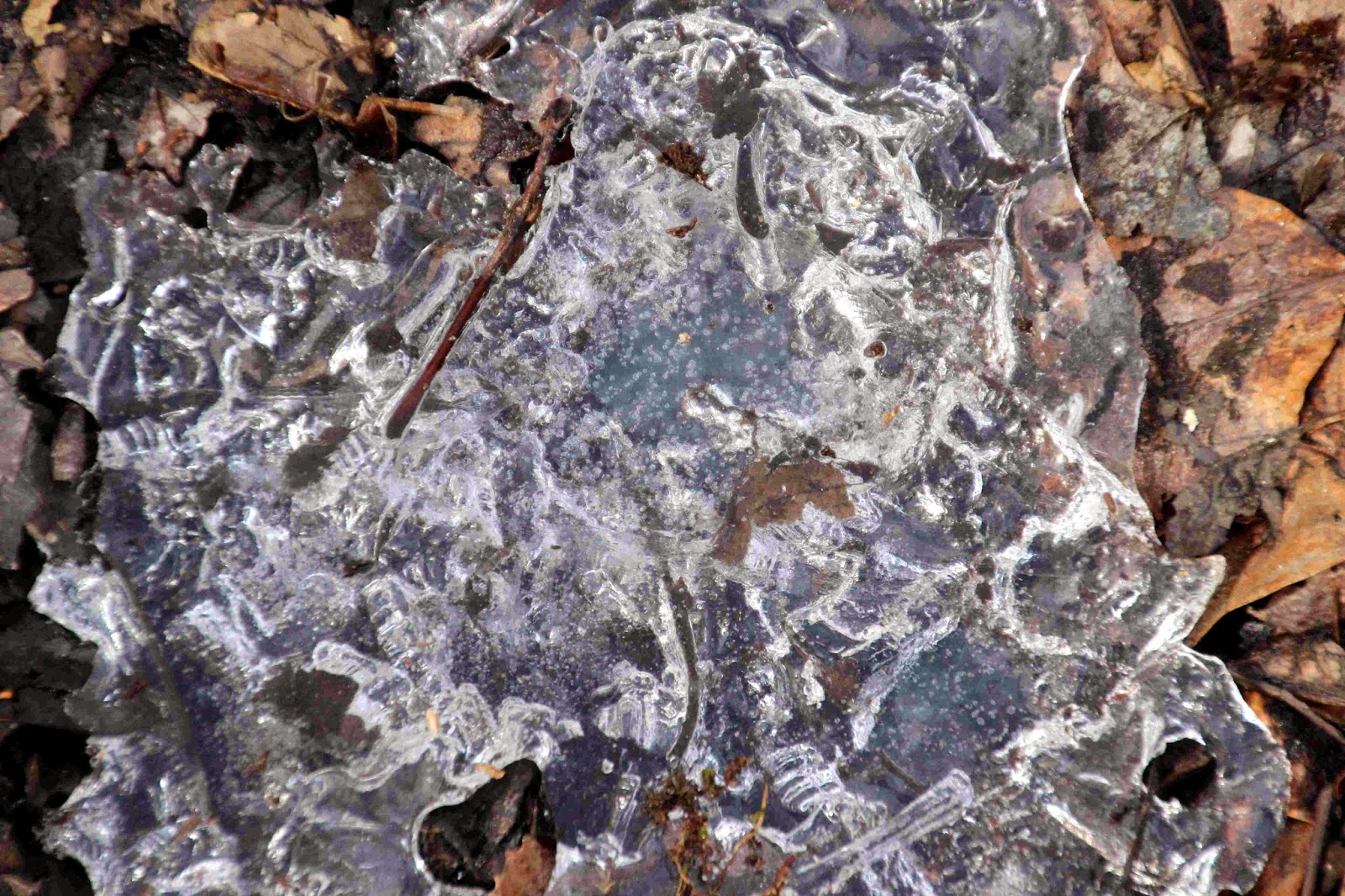By Beth Sullivan
Avalonia Land
Conservancy strives to preserve land that contains special habitats,
natural features, or wildlife that may need protecting. In many
cases, these same lands are steeped in history as well. Here in
Southeast CT, we find examples of our past almost everywhere we turn.
 |
| Yannatos Preserve on Clark's Falls Road |
Yannatos Preserve in North Stonington
One small preserve
in North Stonington contains more than the average amount of natural
features and history. The Yannatos Preserve in the Clark’s Falls
part of town is both beautiful and significant. The sign near the
entrance has a narrative and photos to document the history of the
Clark’s Falls mill settlement there. Records go back to 1670,
including an original land grant to Jeremiah Burch. His grandson,
Joshua Burch, is thought to have built the first dam to power a mill
on the site. The area became known as Clark’s Falls when Thomas
Clark purchased the land and mill sites in 1796. Over the following
centuries, more dams were added along the streams that converge here,
powering mills and factories until 1895. In the 1950s most of the
buildings were dismantled leaving foundations and artifacts on this
property and the land across the road. That land is also under
consideration for preservation.
 |
| Take time to read the historical account of the area |
A walk onto the
Yannatos Preserve will immediately reveal old granite slabs and iron
works, gears, and shafts. Take some time to read the history on the
sign there as well as to inspect the artifacts.
 |
| Granite and iron works remain to speak of the site's history |
To get to the trail
you must cross the stream on solid granite foundation stones placed
by volunteers to access the rest of the preserve. Once across, the
trail follows the edge of the clear running Green Falls River-shallow
with a tumbled stone bottom. The trail turns west and widens into
an old cart path that then leads to the base of a scenic steep rocky
ridge. Covered with moss and topped by Hemlocks, that north east
side of the ridge is a micro habitat of a much more northern
woodland. You can follow the north spur to the property line, which
is well marked by a private owner, but you can see the remains of
another rocky dam and spillway.
 |
| Granite slabs provide the brook crossing |
 |
| The rocky, moss covered ridge rises on the west |
The understory is
Mountain Laurel and, in other areas, large patches of Princess Pine,
both lending evergreen color to the otherwise brown winter landscape.
Red Maples dominate a wetter area in the center of the loop.
Skeletons of large, long dead cedar trees tell of when this was more
open land and fields.
 |
| Old cedars attest to the time when the area was open and sunny |
Scenic view at Clark's Falls Pond
The trail begins to
circle back by the overlook to the Clark’s Falls Pond, which is a
favored fishing spot, and the dam that is still intact there as water
spills into Wyassup Brook.
 |
| The dam on the east end of Clark's Falls Pond is still impressive |
The trail is not blazed, but it is a simple loop and easy to follow.
It is not a large area or a long walk but well worth the time to
check on the history and lovely landscape preserved there.
Photographs by Beth
Sullivan.























